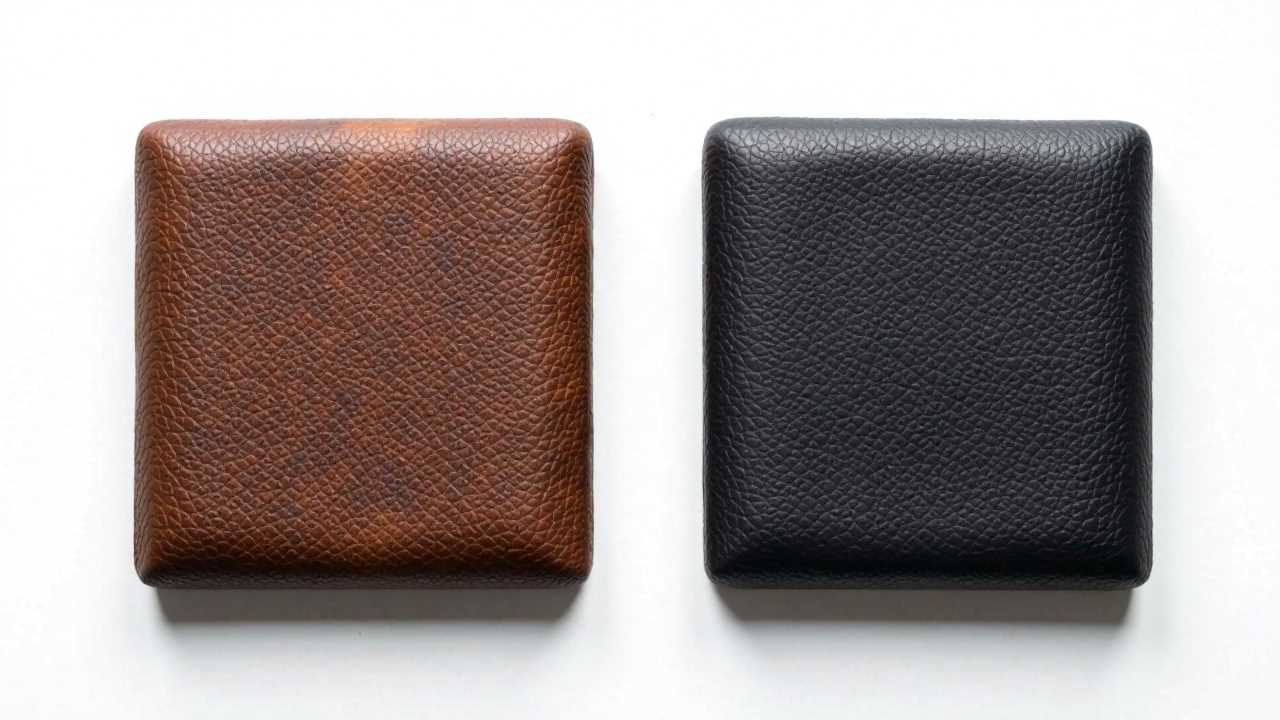
Understanding Texture Creation for Mobile MMORPGs
In the realm of mobile game development, texture creation for mobile MMORPGs stands as a foundational element that significantly influences the overall gaming experience. The textures applied to game assets not only enhance the visual fidelity but also contribute to the immersive quality of the game. As developers, we must prioritize texture design to ensure that our mobile graphics resonate with players and create a captivating environment.
The Role of Texture Design in Mobile Graphics
Texture design is pivotal in establishing the aesthetic appeal of mobile graphics. It involves creating two-dimensional images that are mapped onto three-dimensional models, giving them depth and realism. High-quality textures can transform simple shapes into intricate visual representations, making characters and environments more engaging.
When designing textures, we must consider the art style of the game. Whether we are aiming for a realistic look or a stylized approach, the textures must align with the overall theme. For instance, a fantasy MMORPG may benefit from vibrant, detailed textures that highlight magical elements, while a sci-fi game might lean towards sleek, metallic finishes.
Creating Game Assets with Visual Fidelity
The term game assets encompasses all the visual elements in a mobile MMORPG, including characters, environments, and objects. Each asset requires careful attention to texture creation to achieve high visual fidelity. This fidelity is crucial for player immersion, as it allows them to lose themselves in the game world.
To achieve this, we must utilize advanced techniques in texture creation. This includes employing high-resolution images, optimizing texture maps, and ensuring that the textures are seamlessly integrated into the 3D models. The goal is to create assets that not only look good but also perform well on mobile devices, maintaining a balance between quality and performance.
Environment Rendering: Bringing Worlds to Life
Environment rendering plays a significant role in mobile MMORPGs, as it sets the stage for the player's adventure. The textures applied to landscapes, buildings, and other environmental elements must be meticulously crafted to evoke the desired atmosphere.
For instance, a lush forest environment may require textures that simulate foliage, bark, and soil, while a desert landscape might focus on sand and rocky surfaces. By mastering texture creation, we can ensure that each environment feels alive and inviting, encouraging players to explore every nook and cranny.
Techniques for Effective Texture Creation
To excel in texture creation for mobile MMORPGs, we must adopt various techniques that enhance our workflow and output quality. Here are some key methods:
1. Photographic Textures: Utilizing high-quality photographs as a base for textures can provide a realistic look. This technique involves capturing images of real-world surfaces and manipulating them to fit the game’s aesthetic.
2. Procedural Texturing: This method uses algorithms to generate textures, allowing for unique and varied designs without the need for extensive manual work. Procedural textures can be particularly useful for creating complex patterns and surfaces.
3. Texture Atlases: Combining multiple textures into a single image can optimize performance by reducing the number of texture swaps during rendering. This technique is especially beneficial for mobile games, where performance is critical.
4. Normal Mapping: By adding a normal map to a texture, we can simulate intricate details without increasing the polygon count of the model. This technique enhances the visual fidelity of game assets, making them appear more detailed and realistic.
Optimizing Textures for Mobile Platforms
When creating textures for mobile MMORPGs, optimization is key. Mobile devices have limited processing power and memory compared to PCs and consoles, so we must ensure that our textures are efficient.
1. Resolution Management: Use appropriate resolutions for textures based on the target devices. High-resolution textures may look stunning but can hinder performance. We should aim for a balance that maintains visual quality without sacrificing frame rates.
2. Compression Techniques: Employing texture compression can significantly reduce file sizes, allowing for faster loading times and less memory usage. Formats like ETC2 and ASTC are popular choices for mobile platforms.
3. Level of Detail (LOD): Implementing LOD techniques allows us to use different texture resolutions based on the distance from the camera. This means that objects further away can use lower-resolution textures, conserving resources while maintaining a visually appealing experience.
The Future of Texture Creation in Mobile MMORPGs
As we continue to advance in the field of mobile game development, mastering texture creation for mobile MMORPGs will remain a vital skill. By focusing on texture design, optimizing game assets, and enhancing visual fidelity, we can create immersive worlds that captivate players.
The integration of innovative techniques and a keen understanding of art styles will empower us to push the boundaries of mobile graphics. As we strive for excellence in environment rendering, the future of mobile MMORPGs looks promising, inviting players to embark on unforgettable adventures.
 Digital Art InstructionDIY Infographics DesignMobile Game ArtworkPersonalized Logo Design3D AnimationeBook Covers DesignPrivacy PolicyTerms And Conditions
Digital Art InstructionDIY Infographics DesignMobile Game ArtworkPersonalized Logo Design3D AnimationeBook Covers DesignPrivacy PolicyTerms And Conditions
